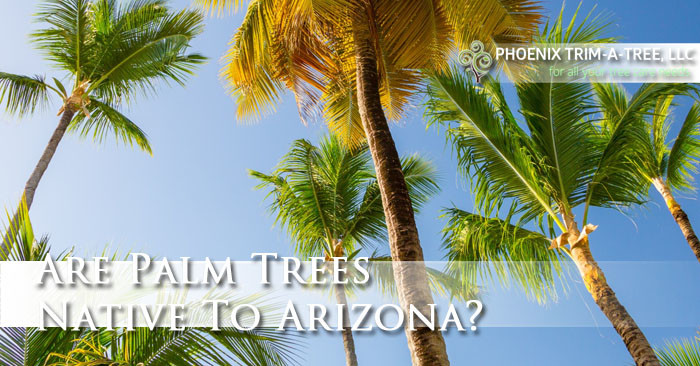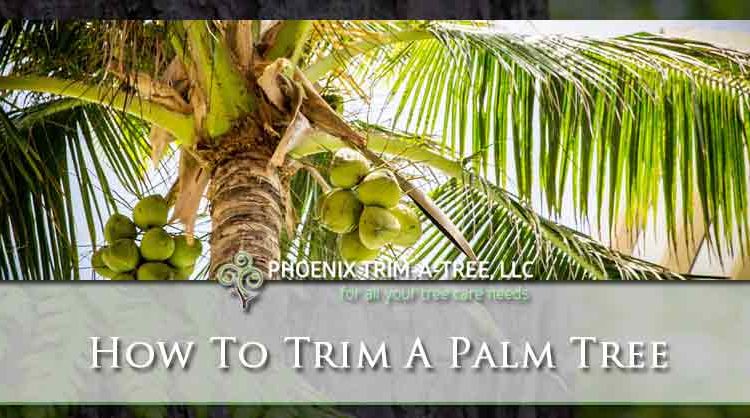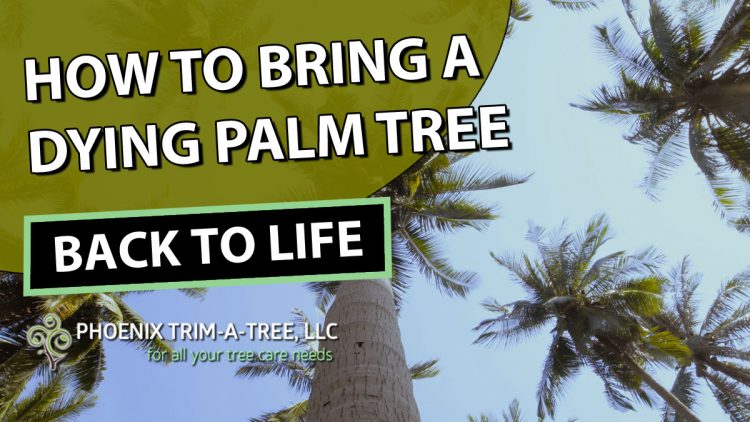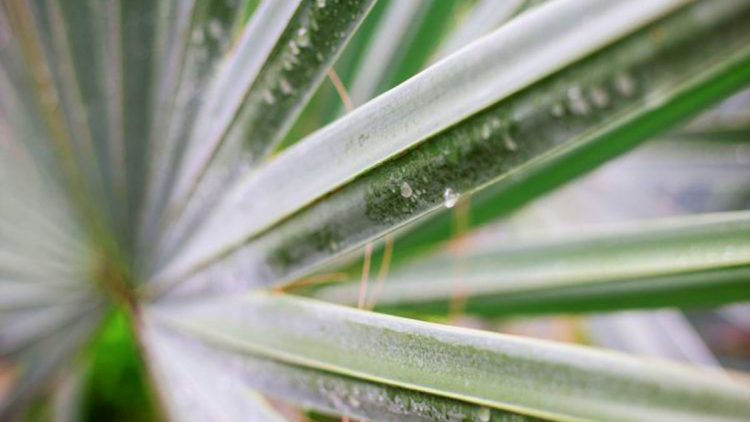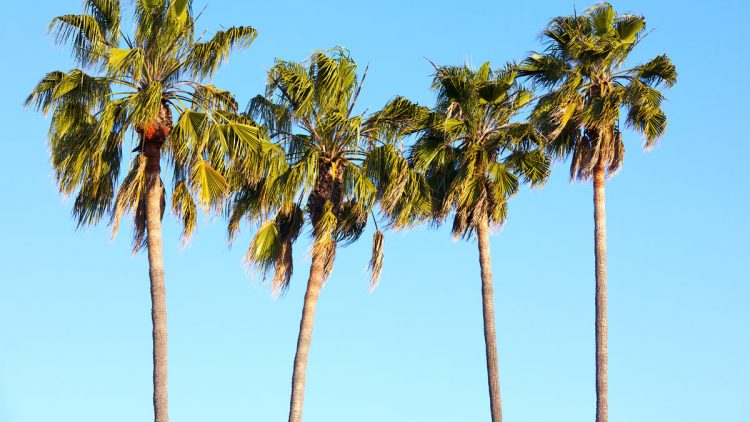SOIL
The compacted soil found in many urban areas will not have the ingredients needed for a palm tree to live well. Palm trees obtain a bulk of their nutrients from the top soil and the top of the ground – this means proper fertilization is required.
WATERING REQUIREMENTS
New palms will need water twice per week for the first six months. Enough water needs to be added to penetrate eighteen inches of soil. If the soil is of a sandy type, extra water will need to be added to ensure moisture is maintained. For older plants, watering demands will depend on the climate. Often in summer, they will need watering at least twice per month, and once every six weeks or so during the colder seasons.
PRUNING
Palm trees usually shed their fronds naturally. Only yellowing/browning/old fronds should be removed. Never trim too close to the trunk of your Palm. The bark is easily damaged and the resulting wounds are entry points for insects and disease. As a frond emerges, the oldest frond dies. The age that a frond may attain will be determined by many factors.
POTENTIAL PESTS
THRIPS – North America’s thrips make up an extremely large family of insects. Of the plant feeders alone, there are 264 species. And some of these species have a taste for palm trees, feeding on flowers and leaves by puncturing the surfaces to suck out sap. Thrips are not lethal to palms but the feeding of the adults can discolor and wilt leaves. In addition, in intensive infestations their unsightly black droppings can become noticeable on leaf surfaces.
ROYAL PALM BUG – Royal Palm Bug feeds on only one plant, the royal palm, and the female lays one egg a day during the spring. The bugs rarely kill the host tree but the damage they do can be unsightly and they are difficult to control given the height of mature royal palms. These insects are the only North American members of the Thaumastocoridae family.
PALMETTO WEEVIL – The Palmetto Weevil can be found throughout Florida, as far west as southern Texas and as far north as South Carolina. It is North America’s largest weevil. This pest has a taste primarily for the Cabbage Palm (sabal palmetto) although it will infest Saw Palmettos (serrenoa repens) and, occasionally, Canary Island Date Palms (phoenix canariensis), Washington Palms (washingtonia), Royal Palms (roystonea), and some coconut palms.
PALM BUDWORM – The budworm is beetle whose larvae feed on the flowers of a range of fan palms. The caterpillars are about an inch long and a pink-green in color.
GIANT PALM BORER – The borer is a large and quite ugly beetle whose larvae have a taste for the wood of the Washingtonia and Phoenix varieties. Borer grubs can live inside a palm trunk for up to nine years before exiting as beetles through quarter-sized holes.
CABBAGE PALM CATERPILLAR – Cabbage palm caterpillars, found throughout Florida, target the cabbage palmetto almost exclusively. They rarely kill palm trees but the insects do destroy the trees’ blossoms. They are a nuisance to humans as well because they often enter homes looking for suitable places to pupate. Control by insecticides is possible under certain circumstance if carefully managed.
DISEASES
LETHAL YELLOWING – Lethal yellowing is a disease first noticed in the Caribbean region of North America about 100 years ago. However, it was not until the 1950s and a devastating outbreak in Jamaica and the Florida Keys that the economic consequences of lethal yellowing were recognized and intensive research begun.
GANODERMA BUTT ROT – Ganoderma butt rot is a relatively new and lethal disease of Florida palm trees. It is caused by a fungus, Ganoderma zonatum, which invades the base or butt of palm trees up to a height of three to four feet above the ground. The disease was first discovered in Florida in 1994 and in only a few years it has spread to infect palms throughout the state. At this time, it cannot be said with certainty that there are any palm trees resistant to ganoderma butt rot.
FUSARIUM WILT – Fusarium wilt is another palm tree fungus. signs of wilt are fronds wilting, losing their green luster and, finally, dying. Once a tree is infected, there is no cure and the diseased tree may have to be removed.
BUD ROT – Bud rot is caused by a fungus which causes the heart fronds of a palm tree to wilt and die. Tree death can occur soon afterward. California and Mexican palms are the most vulnerable.
Source: https://www.bgi-usa.com/palm-trees-101/



